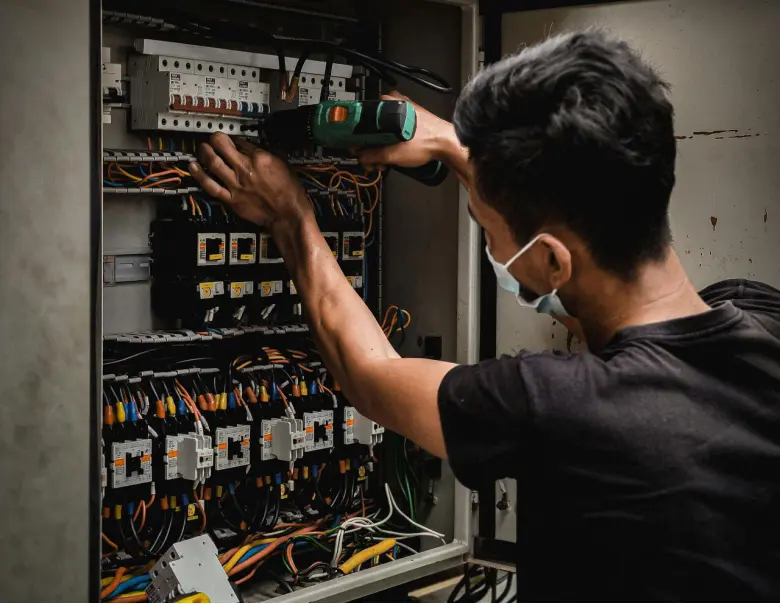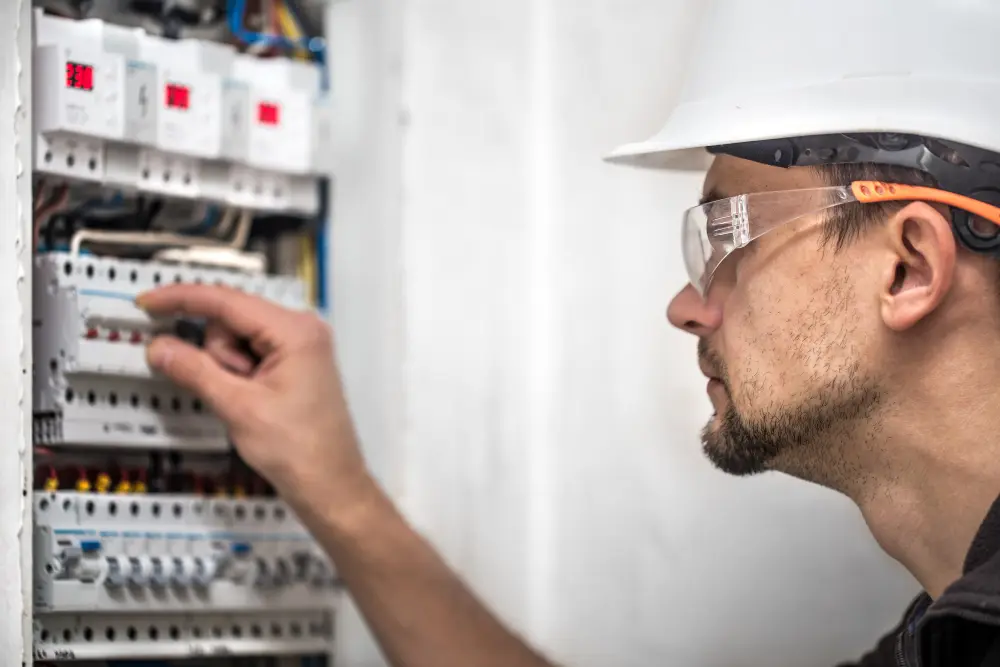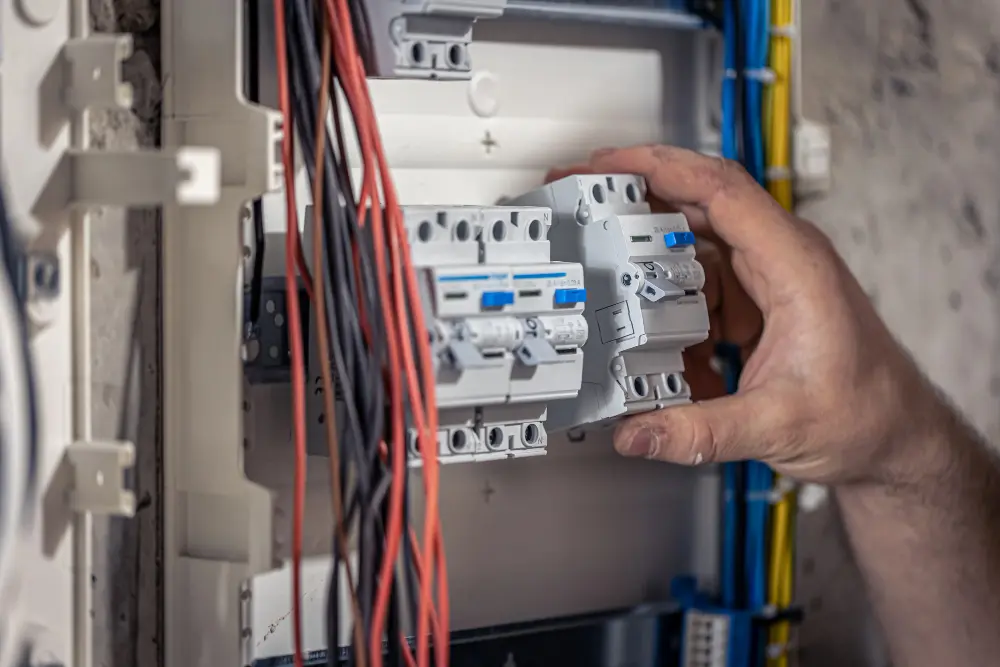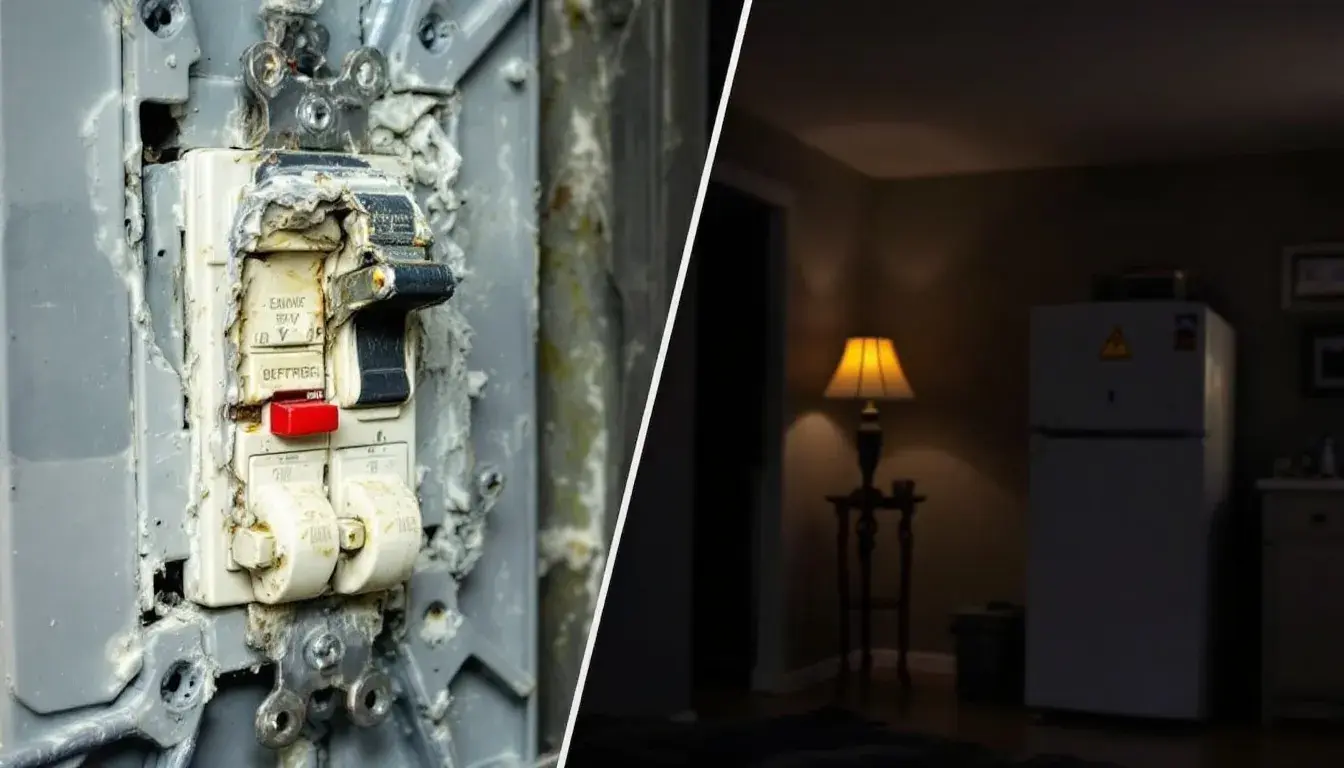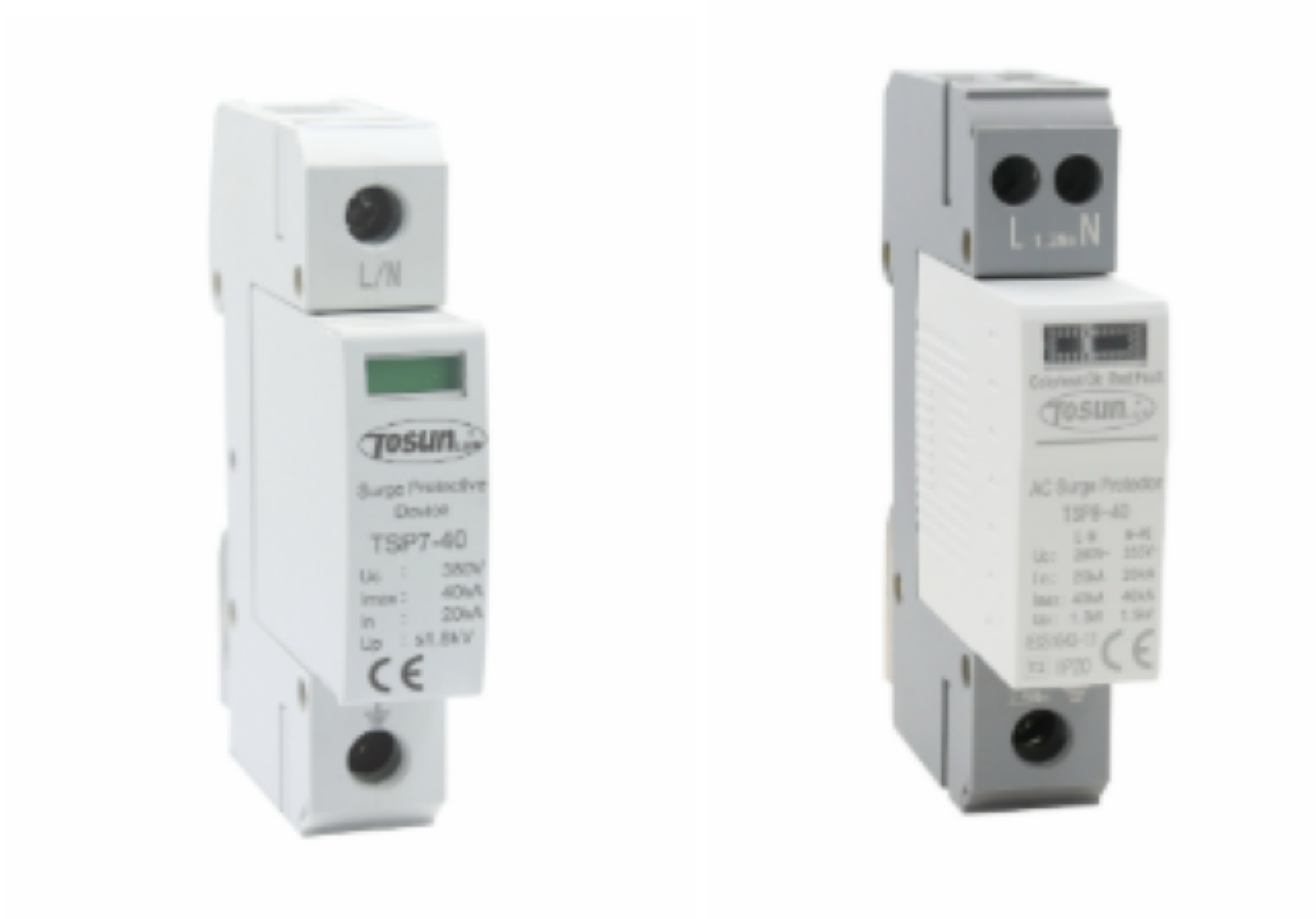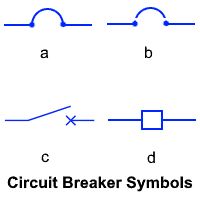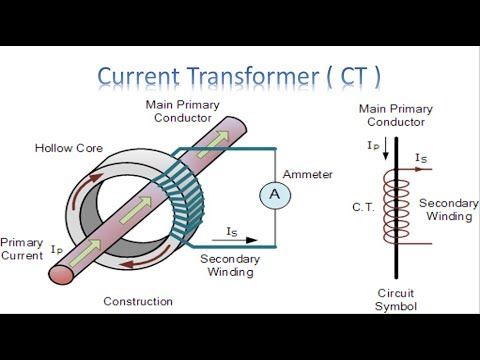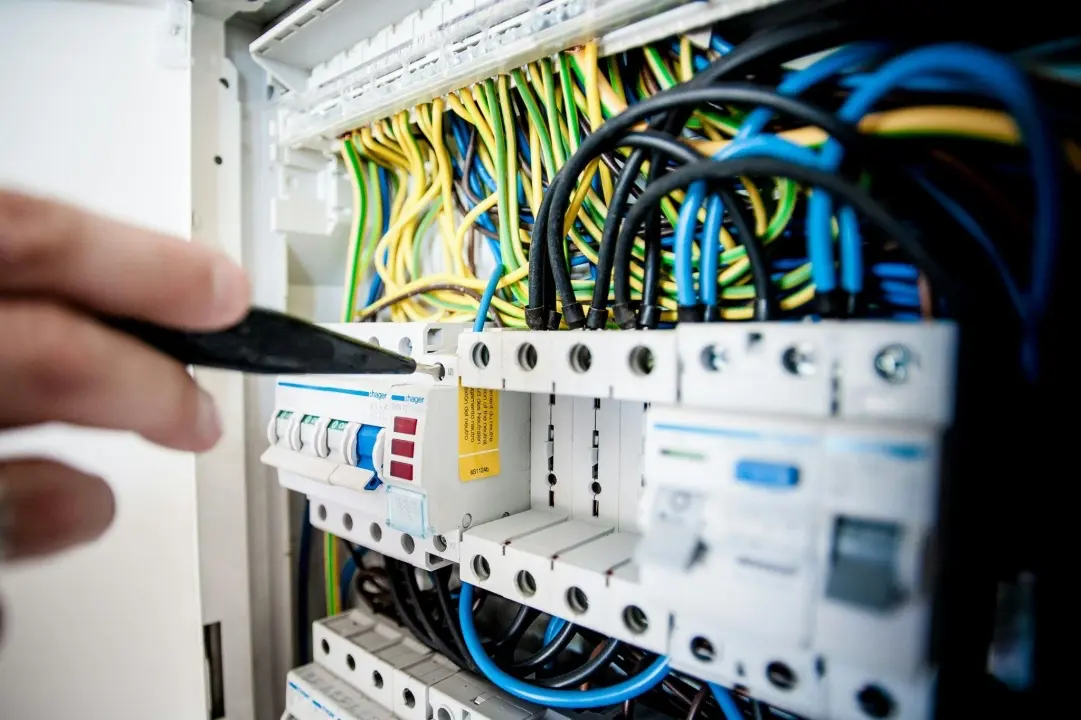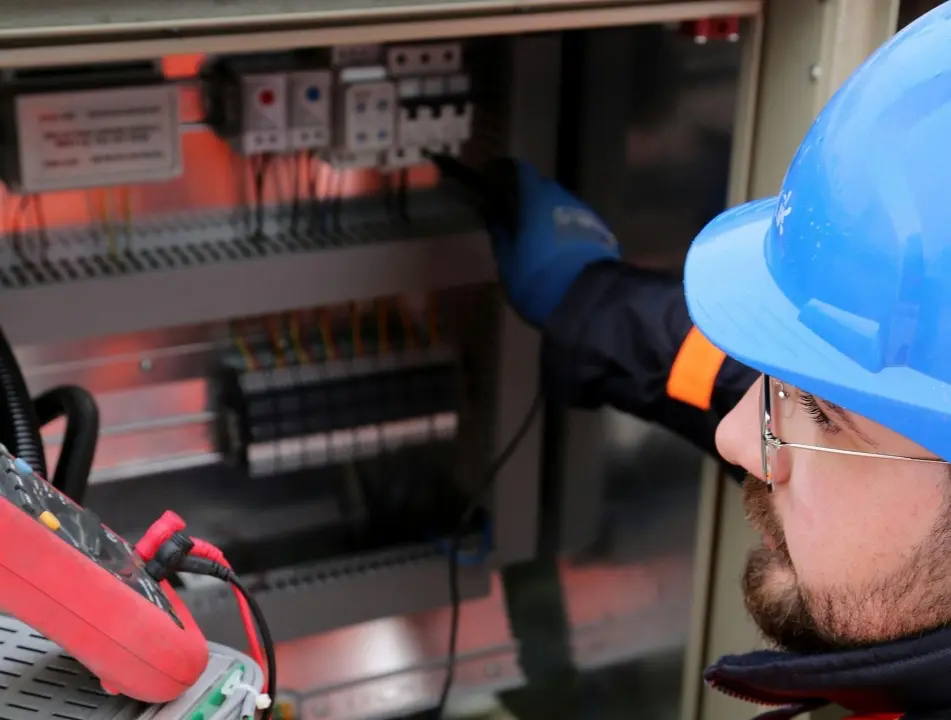Parts of a Circuit Breaker: How Do They Work?
13th Feb 2025
A circuit breaker is an essential safety device that automatically stops electrical flow when an overload, short circuit, or fault occurs. It prevents electrical fires, equipment damage, and electrocution. The key parts of a circuit breaker—such as the contacts, trip unit, and arc extinguisher—work together to detect faults and interrupt the current safely. In this article, we’ll break down the circuit breaker components, explain their functions, and explore the purpose of a circuit breaker in residential, commercial, and industrial applications. Definition of Circuit Breaker in Physics In physics and electrical engineering, a circuit breaker is a switching device that can open and close a circuit manually or automatically under normal and abnormal conditions. Unlike fuses, which must be replaced after tripping, circuit breakers can be reset and reused multiple times. Circuit breakers are widely used in power systems, industrial plants, and household electrical panels to ensure electrical safety and system reliability. Main Components of a Circuit Breaker A circuit breaker consists of several key components, each playing a crucial role in detecting and interrupting faulty currents. #1. Frame (Body/Enclosure) The frame or housing is the outer shell of the breaker, providing mechanical support and insulation. It: Protects internal components from dust, moisture, and physical damage. Provides dielectric insulation to prevent electrical leakage. Houses various parts such as the operating mechanism and trip unit. Frames are typically made from high-strength plastic or molded case materials in low-voltage breakers, while industrial circuit breakers use metal-clad enclosures for extra durability. #2. Contacts (Fixed and Moving Contacts) Contacts are […]
Read More : +86-139 0587 7291
: +86-139 0587 7291 English
English Español
Español Русский
Русский Français
Français العربية
العربية Português do Brasil
Português do Brasil Українська
Українська Türkçe
Türkçe Polski
Polski Nederlands
Nederlands Italiano
Italiano Bahasa Indonesia
Bahasa Indonesia हिन्दी
हिन्दी اردو
اردو አማርኛ
አማርኛ Հայերեն
Հայերեն ไทย
ไทย Монгол
Монгол فارسی
فارسی Shqip
Shqip Ελληνικά
Ελληνικά
